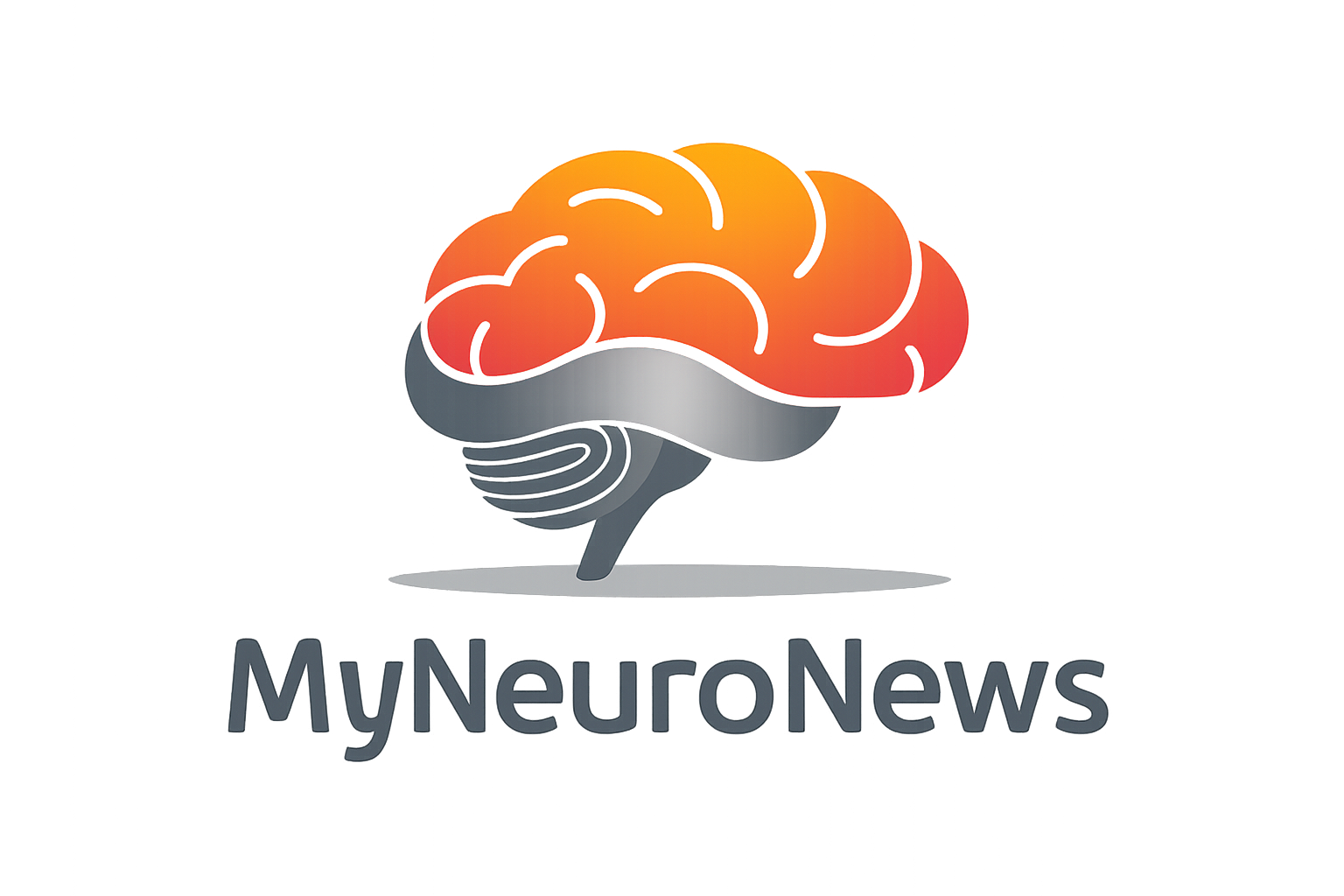Traumatic Brain Injury (TBI) presents a complex challenge in modern medicine, encompassing a range of conditions that stem from brain injury and manifest in diverse and often debilitating symptoms. With millions affected annually worldwide, the quest for precise diagnostics and effective treatments has never been more critical. Recent advancements in multiomic research are offering unprecedented insights into TBI at a molecular level, promising to revolutionize our approach to understanding, diagnosing, and treating this condition.
The Multiomic Approach: A New Frontier in TBI Research
TBI is not a singular condition but an umbrella term for various brain injuries, each with unique manifestations and outcomes. Traditional diagnostic methods, while useful, often fall short in capturing the intricacies of TBI, leading to generalized treatments that may not address specific patient needs. Enter the era of multiomics—a comprehensive analysis spanning genomics, proteomics, metabolomics, transcriptomics, and epigenomics. This approach seeks to understand the molecular underpinnings of TBI, identifying biomarkers that could lead to highly targeted diagnostic tests and treatments.
Biomarkers: Key to Unlocking TBI
At the heart of multiomic research in TBI are biomarkers—molecular signatures that reveal the presence and severity of brain injury. These biomarkers can be found across all omic disciplines:
- Genomics explores DNA variations that may predispose individuals to severe outcomes following TBI.
- Proteomics focuses on protein alterations in the brain post-injury, offering clues to the injury’s impact on brain function.
- Metabolomics examines changes in small molecules, providing insights into the metabolic disruptions caused by TBI.
- Transcriptomics and epigenomics delve into RNA and DNA modifications, respectively, uncovering how gene expression changes in response to injury.
These biomarkers not only illuminate the pathophysiology of TBI but also hold the promise of predicting recovery trajectories, guiding rehabilitation, and informing the development of new therapeutic strategies.
Towards Personalized Medicine
The ultimate goal of multiomic research in TBI is to pave the way for personalized medicine. By understanding the molecular response to brain injury, healthcare providers can tailor diagnostics and treatments to the individual, improving outcomes and quality of life for those affected. Early detection of biomarkers could lead to interventions that mitigate the long-term effects of TBI, including the prevention of related neurological diseases like Alzheimer’s and Parkinson’s.
Challenges and Future Directions
Despite the potential of multiomic research, challenges remain. The diversity of TBI manifestations, coupled with the complexity of the human brain, makes identifying universally applicable biomarkers difficult. Furthermore, translating research findings into clinical practice requires extensive validation and the development of sophisticated, yet accessible, diagnostic tools.
The path forward involves collaborative, interdisciplinary research efforts and the integration of advanced computational methods to analyze the vast amounts of data generated by multiomic studies. As we unravel the molecular landscape of TBI, we move closer to a future where brain injury is no longer a life-altering sentence but a condition with clear pathways to recovery.
Conclusion
The journey to understanding and effectively treating TBI is long and complex. However, the advent of multiomic research heralds a new era of hope. By unlocking the molecular secrets of TBI, we can develop innovative diagnostics and therapies that transform lives, moving from a one-size-fits-all approach to a tailored strategy that meets the unique needs of each individual affected by brain injury.

